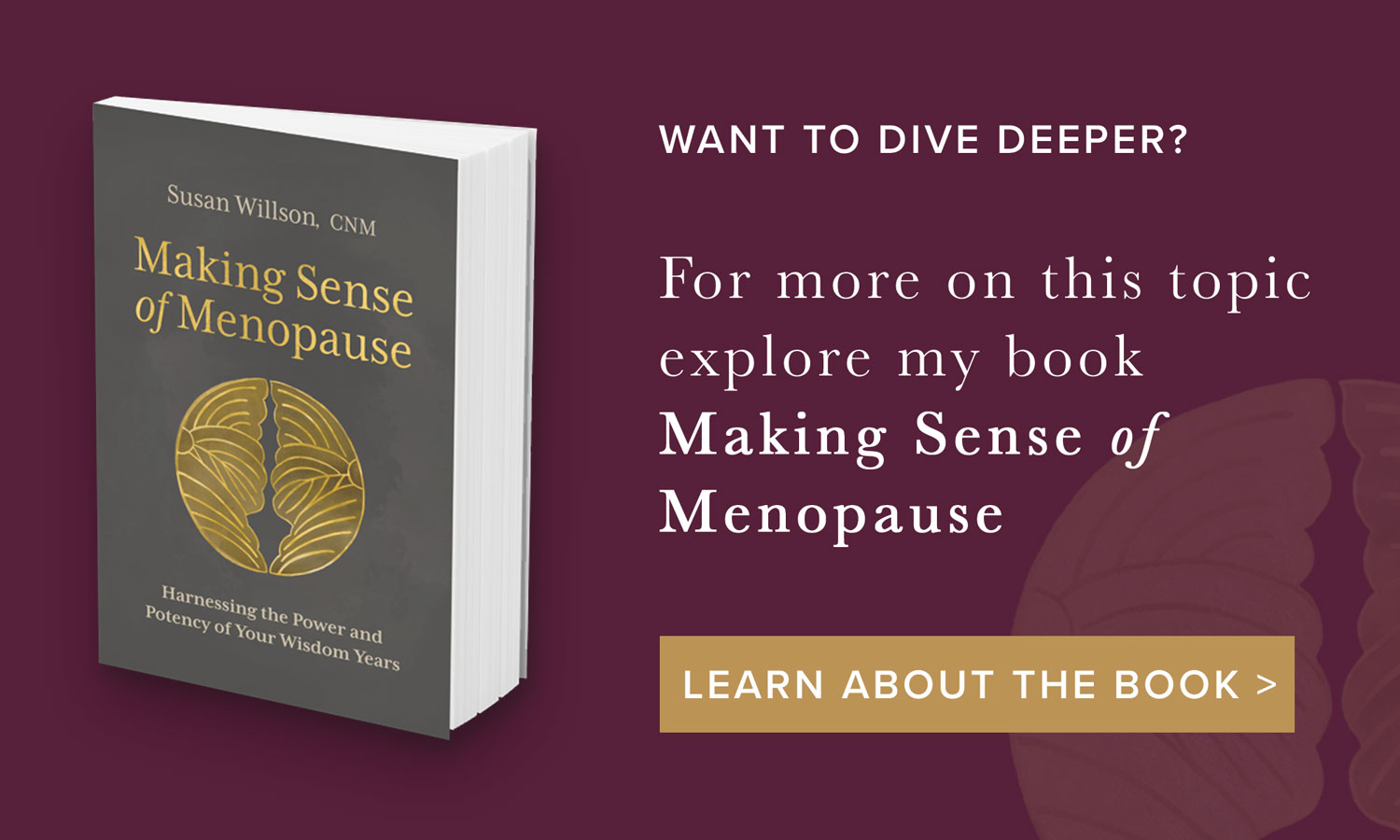Hormones: Good or Bad?
There is a lot of information out there on hormones and much of it is contradictory and very confusing. In fact, there is no subject in women’s health that tends to polarize people more (providers and patients alike) than that of hormone replacement therapy (HRT). Hormone replacement is considered to be everything from “the cause of all cancers” to “the savior of women”, depending on whom you are reading or listening to. People rarely fall out in the middle on this subject.
Most women are confused as to whether taking hormones is safe, because over the past few decades the use of hormones has gone in and out of favor many times. Given the abundance of information available on this subject (both accurate and inaccurate), women often feel profoundly ambivalent when they come in to my office to discuss menopause and the options available to them. Even if a woman really wants to use hormones if they are necessary for her well-being, she is often afraid, and this can affect her experience if she does decide to take them.
First of all, what was meant by HRT until very recently, was the drug Premarin. Premarin was the first of the compounds marketed for this purpose, and until relatively recently the only option available. Premarin is named after the pregnant mare’s urine from which it is derived. Premarin is a compound containing 16 different estrogens (the human body has only 3 primary estrogens), all from horses. Given that equine estrogens are not natural to the human body, our body is more limited in its ability to metabolize them and use them effectively and there are many side effects which result from taking this drug. However, for decades, Premarin was the only choice.
When discussing hormone therapies, it is important to distinguish between the synthetic hormones (of which there are several on the market today, in addition to Premarin and Prempro) and bioidentical hormones (which are compounded in a lab, from plant sources, and have exactly the same shape and structure as the hormones our body makes). This is important, because hormones and their receptors are like a lock and key system, with the receptor being the lock and the hormone being the key, so shape and structure matter. They must fit to be taken up into the cell and be effective.
When a hormone in its natural state in the body binds with a receptor, the receptor allows that hormone to be taken up into the tissue where it will be used. Hormones are not active, or usable, in the blood stream. They are bound to proteins, which render them inactive there. So, blood levels don't matter as much as what gets into the tissues, where it is used.
A drug company cannot patent a naturally occurring hormone. That is why they have created drugs which are close enough in their chemical structure to mimic the naturally occurring hormones and bind to receptor sites but different enough that they can patent them, and thereby derive huge profits for many years. The part of the drug that matches the receptor is taken into the cell and the rest hangs around in tissues exerting influence on them. This is what causes many of the side effects and downstream problems. Because bioidentical hormones are compounded to be exactly like what your body makes, your body recognizes them, is able to use them, and metabolize them completely, thereby causing fewer side effects and avoiding the issue of the 'extra' biologically active fragments, present in the synthetic hormones. Because of this, the two kinds of hormones carry different risk profiles. If estrogen and progesterone were 'bad' for us, we would be seeing the problems earlier in life when levels are high. Instead, midlife women often find themselves with hormone imbalance, and sometimes hormone deficiencies that add to their symptoms.
It is important to remember that Estrogen and Progesterone can cause problems and symptoms in the body if they are present in excess or out of balance, whether they are made in the body itself or taken as a medication. A woman's history is also important. Therefore, it is important to be tested and followed by a care provider expert in hormone balancing and not try to self-prescribe.
In future blogs, I will talk in more detail about the differences between bioidentical and pharmaceutical hormones and how they are used in the body. Stay tuned....

